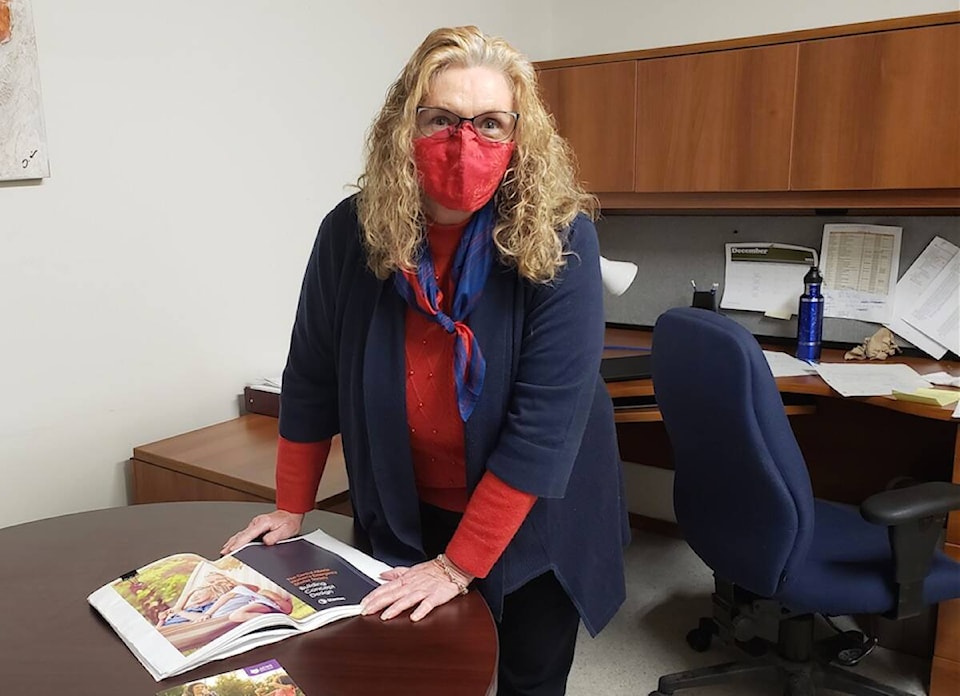Twice as many women and children are being turned away from the perpetually full Central Alberta Women’s Emergency Shelter so far this year compared to the first quarter of 2021.
In April, there was no room to accommodate 138 women and children who sought shelter spaces, said executive-director Jacquie Boyd. Only 35 people could be admitted to the 40-bed shelter that month, partially due to COVID protocols.
Ironically, shelter operators also learned in April that their multi-million-dollar request for federal funding for a facility expansion was not approved in the first round of a CMHA (Canada Mortgage and Housing Corporation) grant program.
“I was disappointed,” admitted Boyd, but she knew the flexible nature of the grant meant there would be a lot of competition for the money from across the country.
Boyd remains hopeful that some CMHA funds will come through for the project in June or July since the shelter expansion application is still in the running for the second round of the grant program.
She hopes to break ground on the expansion project as soon as this funding is in place: “We want to start as soon as possible,” said Boyd, since the shelter is turning away about double the women and children in the first four months of this year as January to April, 2021.
The Central Alberta Women’s Emergency Shelter purchased the city lot to the north of its site in preparation for a future expansion.
Eight beds would be added, as well as movable walls to increase space flexibility with different room configurations, and an elevator to provide second-floor access to women and children with mobility issues.
Another goal is moving more programming into the same building. Boyd said this includes outreach services, which are now off-site, as well as trauma and prevention services.
Boyd said she is always troubled when the shelter can’t meet demands for a safe haven. She said people who cannot be accommodated are connected with other local agencies, or assisted by the shelter’s community outreach workers.
Domestic violence experts feel the pandemic has contributed to growing incidents of intimate partner violence, with more time spent in isolation and more financial stresses on families. While shelters initially saw a decline in clients at the height of COVID transmissions and quarantines, now that restrictions have been lifted, they are seeing more women trying to leave violent situations.
Boyd noted the Red Deer-based shelter had a COVID outbreak, which cleared up by April 11. All staff and clients are now testing negative and are symptom-free.
The other good news is the shelter received a $360,000 federal COVID Response and Recovery grant to help cover the salaries of an additional intensive case management worker, as well as some housekeeping and cooking staff. Boyd believes some money will also pay for maintenance needs at the facility.
She said annual fundraising must already be done to cover some of the shelter’s operating costs. To try to raise yet more money from the community to pay for an expensive facility expansion — at a time when local businesses are trying to recover from pandemic impacts — would be difficult, which is why an expansion grant is needed, added Boyd.
